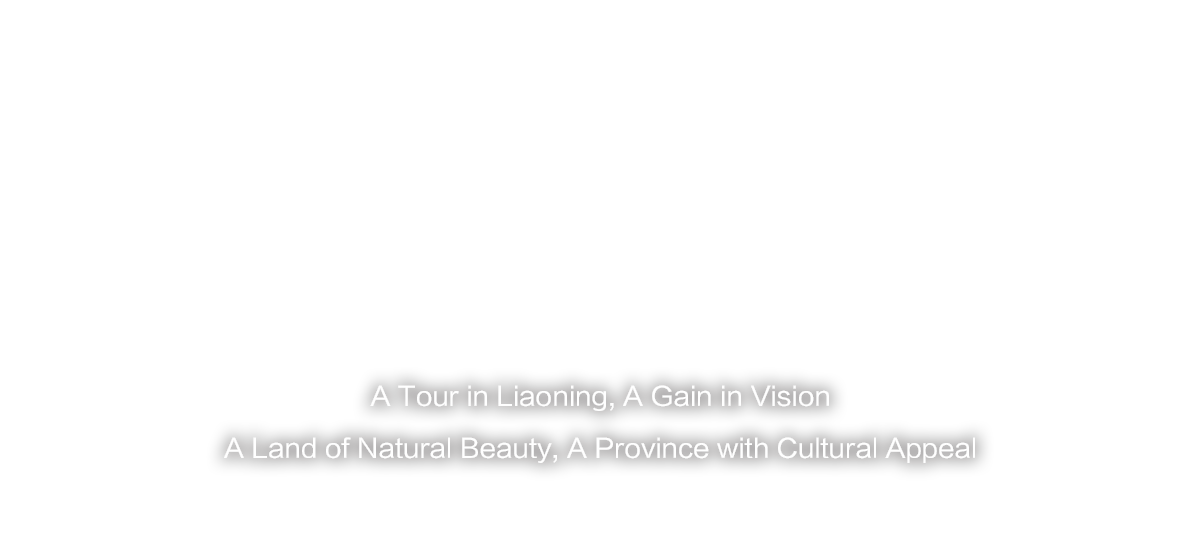The special exhibition is divided into four sections: “The History and Culture of Dunhuang”, “The Art of Dunhuang Caves”, “Dunhuang in Liaoning” and “Preservation and Inheritance”. The exhibits include 110 pieces (sets) of Liaoning’s collected precious manuscripts scattered from the Dunhuang Library Cave, more than 90% of which are displayed for the first time. The Liaoning Provincial Museum also borrowed a large number of cultural relics and documents, and mural copies with abundant connotations from the Dunhuang Academy, covering plenty of national first-class cultural relics. Moreover, the exhibition showcases The Stele of Six-Character Great Bright Mantra that highlights the fusion and coexistence of multi-ethnic cultures, The All-Sky Star Atlas that manifests the extraordinary and superb ancient Chinese technology, as well as many mural copies by famous artists. To enrich its content and forms, this exhibition selects the original-size reproductions of four classic caves in the Mogao Grottoes, and the southern and northern mural replicas of Cave 220, which appeared in the cultural relics exploration TV show National Treasure. In addition, the achievements of “The Systematic Protection, Collation, and Publication Project of Dunhuang Documents”, and “The Digital Restoration Project of Dunhuang Cultural Relics Scattered Overseas” are also presented in the exhibition.
The holdings of Dunhuang documents are mainly concentrated in museums and libraries of cities such as Beijing, Paris, St. Petersburg, London, Osaka, and Tokyo. In terms of the collection number in China, municipalities and provinces such as Beijing, Tianjin, Jiangsu, Zhejiang, Shanghai and Gansu, stand out. However, as for the value of Dunhuang documents, the Liaoning Provincial Museum is definitely a key collection unit. Since 2019, supported by the Liaoning Provincial Social Science Planning Fund Project and the scientific research project of the Liaoning Provincial Public Cultural Service Center, the museum has built on its own research strength to carry out a systematic collation and in-depth research on its holdings of Dunhuang documents, having achieved phased achievements. This exhibition demonstrates the significant achievements transformed from the collation and research work.
The full version of the Dunhuang document collected by the museum, The Inscription of Bodhidharma, is on display for the first time in this exhibition. The Inscription of Bodhidharma is an important document in the study of Zen Buddhism, highly valued by Zen researchers at home and abroad. This inscription is an unprecedented complete version of Dunhuang manuscripts, which is extremely rare and precious. It can not only trace the era of its creation and textual evolution, but also further enrich the studies on the history of Buddhist thought and the development history of Zen Buddhism.

The Preface to Dao De Jing (or Tao Te Ching) by Laozi (hereinafter referred to as The Preface), collected by the museum, and Ke Master First Script, a precious treasure of the museum, are concurrently on show. The former is a copy of the preface to the 5,000-word Dao De Jing by Laozi. The Dunhuang manuscripts numbered P.2596 and P.2435, in the collection of the National Library of France, respectively copy the content of The Preface, The Mystery of Taiji, Dao De Jing, etc. For The Preface, only its second half remains in the French library, precisely carrying on the content of the preface copy collected in the Liaoning Provincial Museum, and has the identical writing format and handwriting style with the latter. Ke Master First Script incorporates the contemporary style that can be traced back to more ancient times, reflecting the writer’s adept and profound calligraphic skills, especially cursive writing. In the history of Chinese calligraphy, noted cursive writing calligraphers emerged in succession. From this copy, viewers can catch a glimpse of the unprecedented development of cursive writing during the Tang Dynasty. Compared with other cursive manuscripts in the Dunhuang Library Caves, Ke Master First Script boasts unconstrained and smooth writing styles, showing a combination of slow and fast strokes, and thus holds significant artistic value of calligraphy. It is not only a classic work of cursive script among Dunhuang manuscripts, but also one of the most precious treasures of the Liaoning Provincial Museum.

